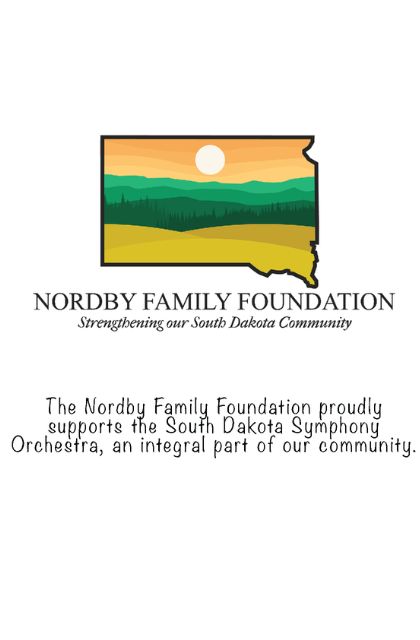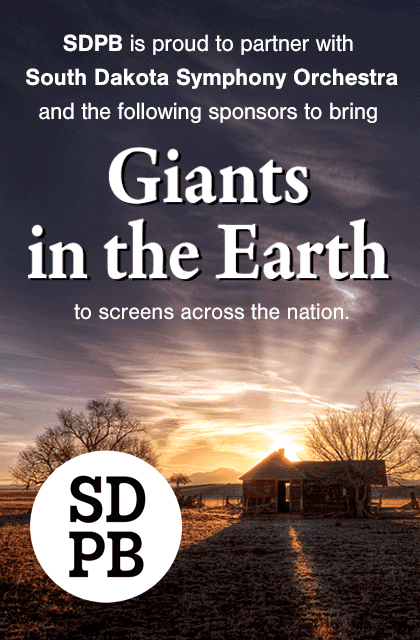Written by Joseph Horowitz
When I wrote Classical Music in America: A History (2005), one of my most startling discoveries was that the many musicians who admired George Gershwin, during his lifetime, were almost invariably European-born. American-born classical musicians were more likely to regard him as an outlier, a dilettante. I call this "the Gershwin threat." Gershwin's intimacy with Harlem was a factor. I call the larger phenomenon "the jazz threat." It did not exist abroad. In Dvorak's Prophecy and the Vexed Fate of Black Classical Music (2022), I call "an antipathy to jazz" a defining feature of classical music in the US during the interwar decades. What follows is adapted from Classical Music in America:
Europeans enthusiastically embraced jazz as unique, exotic, fascinating, and fresh -- "American." An early convert was Darius Milhaud, who in 1924 observed jazz striking "almost like a start of terror, like a sudden awakening, this shattering storm of rhythm, these tone elements never previously combined and now let loose upon us all at once." The Queen of England opposed jazz, and so did the Pope. Jazz bans were attempted in Italy, in Soviet Russia, even in Montparnasse. When Duke Ellington and Louis Armstrong toured England in 1932 and 1933, their fame preceded them.
The most ardent jazz supporters included Europe's leading composers, who routinely ignored Aaron Copland and Roy Harris. Upon visiting New York, they gravitated to Harlem, not Carnegie Hall. Like Antonin Dvorak, when he embraced "Negro melodies" in 1893, they endorsed and validated a native music Americans variously took for granted or disowned. Milhaud, who split his time between France and the United States, wrote: "In jazz the North Americans have really found expression in an art form that suits them thoroughly, and their great jazz bands achieve a perfection that places them next to our most famous symphony orchestras." Igor Stravinsky, docking in 1925, was reported by the New York Times as "going out at evening to dine and to hear on its native heath the dance music that the Old World has called American Jazz." Bela Bartok, arriving two year later, asked about "the latest things in American jazz...pretty nearly as soon as he was down the gangplank." Maurice Ravel, one year after that, told Olin Downes:
I think you have too little realization of yourselves and that you still look too far away over the water. An artist should be international in his judgments and esthetic appreciations and incorrigibly national when it comes to the province of creative art. I think you know that I greatly admire and value - more, I think, than many American composers - American jazz... . I am waiting to see more Americans appear with the honesty and vision to realize the significance of their popular product, and the technic and imagination to base an original and creative art upon it.
Others abroad speaking up for jazz included Paul Hindemith in Berlin. Of innumerable jazz-inspired compositions by non-Americans, Ravel's Piano Concerto in G and Stravinsky's Ebony Concerto were among the best and best-known.
In America itself, jazz was infinitely debatable. Racist moral discomfort was epitomized by Henry Ford's Dearborn Independent, which took note of "the organized eagerness of the Jew to make alliance with the Negro." "Picturesque, romantic, clean" popular songs had been supplanted by "monkey talk, jungle squeals, grunts and squeaks and gasps suggestive of cave love," all of it merchandized by Jews with just the right "cleverness to camouflage the moral filth." Among music educators, Frank Damrosch of the Institute of Musical Art denounced the "outrage on beautiful music" perpetrated by musicians "stealing phrases from the classic composers and vulgarizing them." A typical music appreciation response was a Music Memory Contest in Cleveland aimed to "cultivate a distaste for jazz and other lower forms, and a need for the great compositions." Meanwhile, Nikolai Sokoloff, music director of the Cleveland Orchestra, denounced jazz as "ugly sounds" and forbade his musicians to play it.
Among critics, Olin Downes of the New York Times grew exasperated with European composers for whom jazz epitomized American music; in 1929, he advised the visiting Arthur Honegger: "We do not commend to him American jazz, which too many European musicians have striven to imitate." In the Black intellectual community, there were many, like Dvorak's protégé Harry Burleigh, who took the view that jazz desecrated a cherished racial inheritance.
If the moral debate over jazz was echoed abroad, American composers responded differently than their European brethren. They did not condemn jazz as unholy, yet regarded it warily or dismissively.
The story of Stravinsky and jazz is long and tangled. Born in Russia in 1882, he was first exposed to American popular music in Paris before World War I. Some years after that, when the Swiss conductor Ernest Ansermet toured the US with the Ballet russe, he brought back memories of "incredible" jazz music - and also sheet music, presumably Dixieland numbers, which he shared with Stravinsky. One result was A Solder's Tale (1928), in which the influence of American popular idioms is prevalent.
Later in Stravinsky's long odyssey, landing in Hollywood following years in Switzerland and France, he heard recordings of the Wood Herman band - known as "The Thundering Herd." In fact, Stravinsky's Ebony Concerto was dedicated to Woody Herman and premiered by his band in 1946. What Stravinsky admired in Herman's swing band was not the virtuosity of the individual players, or the tunes they sang. Rather, Stravinsky was entranced by the band's discipline, its rhythmic zest, its array of instrumental color. As with Berlin's Neue Sachlichkeit (influencing Hindemith's "jazz") and France's neo-classicism (influencing the jazz element in Ravel), it's "cool" jazz that mattered to Stravinsky, no the hot variety.
While composing his Ebony Concerto, Stravinsky concurrently worked on a Symphony in Three Movements - probably the best-known piece he composed during his thirty years in Los Angeles. The strange story of this piece - which we tell tonight -- is a study in cultural exchange between the Old world and the New.



